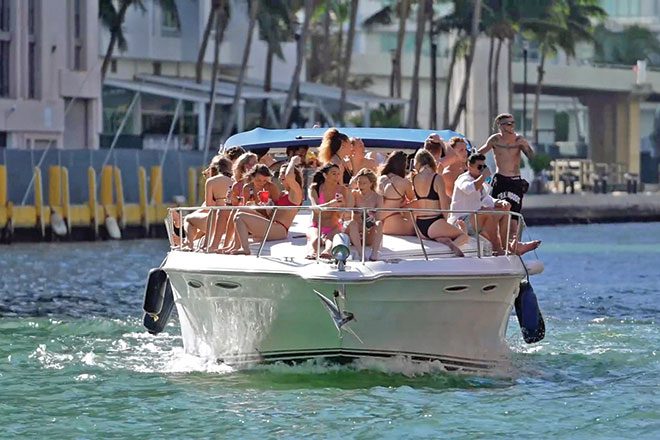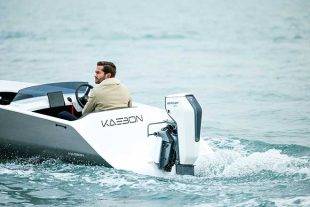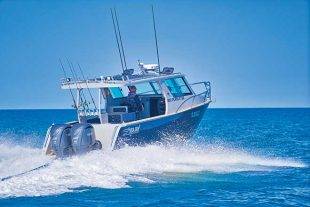In a world where some people think that if anything goes wrong, it must automatically be someone else’s fault, there’s at least one very obvious exception – that’s boating.
The moment you turn the key, dip the paddle, hold on to an oar or push away from the riverbank or beach, you are not only in charge of delivering fun times, but delivering them safely.
Fortunately, there are almost limitless resources at your disposal to help you deliver on that obligation – boat clubs, rescue organisations, government and private publications and professional training companies to name a few.
All can help you understand what your responsibilities are.
And Australian boat manufacturers and distributors do their bit as well through industry organisations, informative boat shows and product familiarisations.
And they also have what could be regarded as their signature device – the Australian Builders Plate.
It is a plaque affixed to the boat, certifying the vessel’s manufacturer maximum horsepower, the maximum weight of that powerplant, the maximum weight that it can carry expressed as the maximum number of people and their gear, and also the vessel’s level of buoyancy and flotation.
Some boats may carry an international CE certification standard endorsement, which in general terms means they comply with the various design and construction requirements enabling them to be sold in the European Union.
Let’s go back to that “number of people” on the certification plate.
It’s mandatory that you comply with its limits, also noting that when weather and water conditions are unpleasant or if you have a number of crew that are built like front row forwards, then you will need to adjust the number of people on your boat and load accordingly.
Just like a car, when driving conditions are terrible, you can’t expect to be driving at the maximum limits permitted.
And here’s the bottom line – if you overload your boat with people or gear, you are going to be in the firing line should something go amiss.
Have a look at the photo on this page – it’s one in a series and collectively they paint a frightening picture.
Young people out having a great day but there are more than 30 of them on this vessel.
Anyone want to take a guess at the number of lifejackets likely to be aboard this vessel?
How about how many people it was designed to carry?
And how secure are they are?
One person slips or a few start skylarking and how many are likely to go overboard?
Overloading or using a vessel in a manner not compliant with its original design parameters, also could jeopardise your insurance policy.
Boating should be about great times with friends, family and acquaintances.
In the same way they all have a requirement to adhere to your directions as the skipper, you are required to adhere to the prevailing operational restrictions upon your vessel.
And when you do that, everyone has a good time.
As always, what is and what may not be covered will be decided in accord with the terms of insurance as defined in your insurance policy’s Product Disclosure Statement.
Similarly, any special conditions and excesses should always be explained clearly in your insurance policy’s PDS.
If you need further information, you can contact Nautilus Marine Insurance on 1300 780 533 for any boat insurance requirements.








